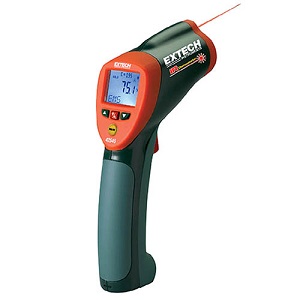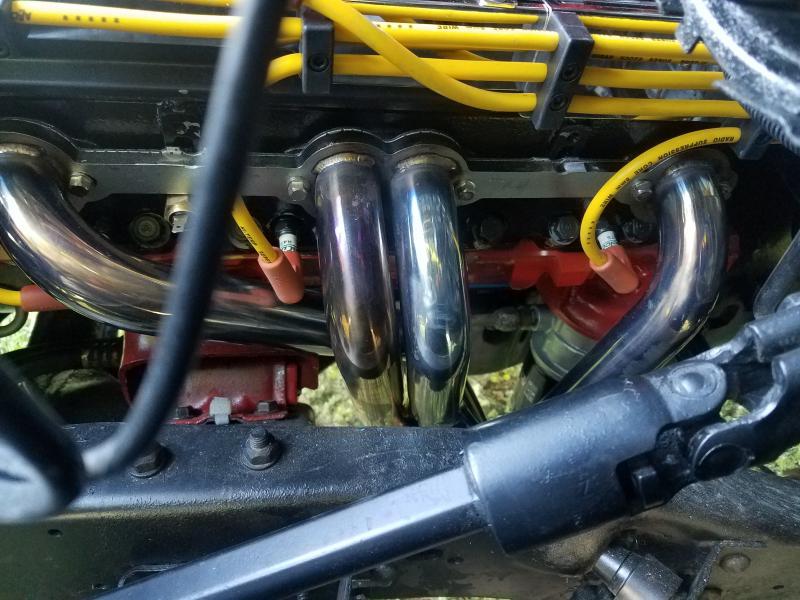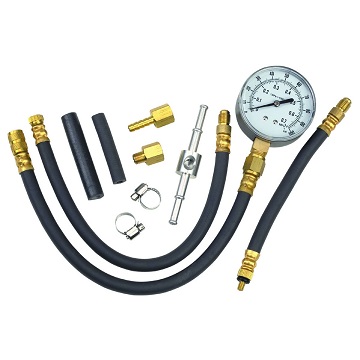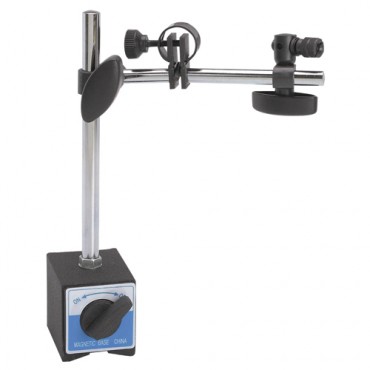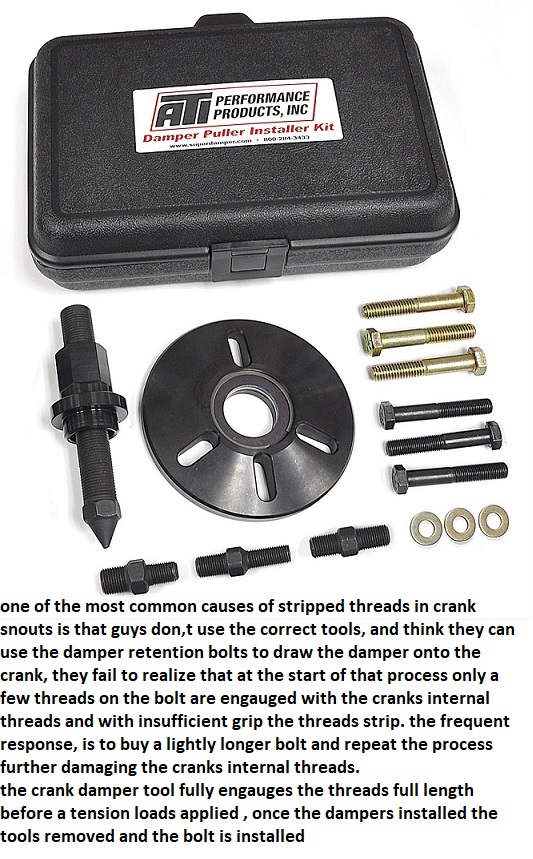grumpy what temp am I looking to see with an infrared temp gun if I check out the exhaust headers?
verify sensors correct function
https://www.harborfreight.com/catal...core,f,EAFeatured+Weight,f,Sale+Rank,f&q=zr13
if you purchase a ZR13 auto code scanner, from HF,
you need this info
DOWN-LOAD AND PRINT IT OUT!
https://manuals.harborfreight.com/manuals/63000-63999/Q63806.pdf
https://manuals.harborfreight.com/manuals/63000-63999/63806.pdf
all the answers are readily available, theres known testing procedures and listed test results you can expect, and procedures listed in the shop manual for isolating and testing components, you don,t need to be a genius, you just need to be logical and persistent and not afraid to learn new things while getting your hands dirty at times, don,t get overwhelmed , break everything down too easy individual problems and tests, verify and test all the sensors,and test for factors like consistent fuel pressure, known temps,expected voltage or ohms resistance, and vacuum readings and don,t randomly start replacing parts as that gets expensive and its rarely the most efficient way to eliminate problems(unless you get really lucky) with modern computer diagnostic software you,ll have some advantages but think logically, most automotive problems still concern, loose electrical connectors, defective sensors, lack of compression, fuel delivery issues ,fuel pressure, vacuum, temperature or electrical issues.
http://www.helminc.com/helm
the correct matching SHOP MANUAL
TIMING LIGHT
IR TEMP GUN
VACUUM GAUGE
MULTI METER
FUEL PRESSURE GAUGE
COMPRESSION TEST GAUGE
keep in mind the basics you need to verify the fuel pressure is at about 40 psi if your dealing with a C4 corvette,
you should NOT have significant exhaust back pressure, clogged catalytic converters,
are a common problem on older c4 corvettes,
verify the fuses are not blown, the trouble codes do not show any problems,
all electrical grounds are reading good,
verify theres at least 14.5 volts at the battery while its running, so you know the alternator functions,
and all the injectors are functional with a noid light,
all cylinders should read within 10% and show about 150 psi or greater.,
on a compression test, verify the firing order,
set the spark plug gaps at .045 ,
and verify all the listed sensor values,
verify the cam lobes are not worn, verify you have at least 10 psi of oil pressure per 1000 rpm.verify theres no vacuum leaks
http://www.professionalequipment.com/ex ... ermometer/
Wide temperature range from -58 to 1832°F (-50 to 1000°C)
viewtopic.php?f=55&t=109
you might have clogged catalytic converters, the ignition timing may be way off, you might have a worn out cam, the fuel pump may be defective, some injector(s) may be defective,check the alternator out-put check the fuel rail pressure use a noid light on the injector wiring, check the fuses,
Ive found that the one most commonly over looked in my experience is that the stock exhaust system, is highly restrictive, especially if the catalytic converters are partly plugged and the stock fuel delivery system is not adequate,for the potential power, the heads and intake, allowable air flow potential, are all restrictive, and the stock cam timing and lift is already near max as it was designed to produce about 260 hp,and operate at under 5700 rpm, if you try too add an additional 100-200 hp, and 1000 rpm-2000 rpm to the engines power band, and too the engines output youll quickly find this to be a factor.
I've also occasionally seen guys, improperly index or install a cam without degreeing it in correctly and thus have power band limitations.
Id suggest you buy a factory shop manual, multi meter and a timing light, fuel pressure and vacuum gauge and start checking.
reading these links will be helpful
yes I know it will take some time and effort to isolate and test
but its the only 100% sure route to finding and fixing your problem,
don,t get over whelmed,
simply break the problem down to testing each basic sub system,
test each related sensor and electrical component and electrical sensor and connection.
some reading on the threads posted below, a bit of logic and deductive reasoning, and a multi meter and a shop manual will go a long way toward finding and fixing the problem.
READING RELATED THREADS THAT MIGHT BE , VERY HELPFUL
http://garage.grumpysperformance.com/index.php?threads/c4-c5-corvette-trouble-codes.2697/
http://garage.grumpysperformance.com/index.php?threads/help-i-cant-take-it-anymore.14805/#post-81769
http://garage.grumpysperformance.com/index.php?threads/adjusting-your-tps-and-iac.168/#post-82331
http://garage.grumpysperformance.co...lay-switch-locations-and-info.728/#post-72181
http://garage.grumpysperformance.com/index.php?threads/c3-c4-corvette-vacuum-diagrams.1773/
http://garage.grumpysperformance.co...-stock-tpi-engine-components.1509/#post-10159
http://garage.grumpysperformance.co...-system-trouble-shooting-flow-chart-info.596/
http://garage.grumpysperformance.co...s-cause-a-bad-idle-in-drive.14203/#post-72114
http://garage.grumpysperformance.co...ckpressure-hurting-your-combo.495/#post-22402
http://garage.grumpysperformance.com/index.php?threads/testing-1985-89-m-a-f-sensor.1475/#post-43635
http://garage.grumpysperformance.com/index.php?threads/basic-trouble-shooting-on-the-c4.302/
http://garage.grumpysperformance.co...t-of-logic-to-locate-a-problems-source.14297/
http://garage.grumpysperformance.com/index.php?threads/can-this-cause-a-bad-idle-in-drive.14203/
http://garage.grumpysperformance.com/index.php?threads/c-4-exhaust-system.1174/
http://garage.grumpysperformance.com/index.php?threads/1991-c4-runs-like-crap.10616/
this infos bound to be helpful at times
Sensor Locations
Sensor
Location
Engine Coolant Temperature Sensor. Front of engine, below Throttle Body.
Engine Oil Temperature Sensor. Left rear of engine, just above the oil filter.
Oil Pressure Sender/Switch. Top, left hand rear of engine.
Fuel Quantity Sender. Top of fuel tank, beneath filler pipe escutcheon panel.
MAT (Manifold Absolute Temperature Sensor). Underside of manifold air plenum at rear.
Outside Temperature Sensor. Right side of engine, top right corner of radiator.
In Car Temp Temperature Sensor. Coupe: above left seat near interior courtesy light, Convertible: center of cargo compartment lid.
MAF (Mass Air Flow) Sensor. Front of engine ahead of throttle body.
Oxygen (O2) Sensor. Left side of engine, in exhaust pipe.
TPS (Throttle Position Sensor). Right side of throttle body at the front.
Sensor Outputs:
Sensor
Measured Value
Engine Coolant Temperature Sensor. 185 Ohms @ 210F, 3400 Ohms @ 68F, 7,500 Ohms @ 39 F.
Engine Oil Temperature Sensor. 185 Ohms @ 210 F, 3400 Ohms @ 68 F, 7,500 Ohms @39 F.
Oil Pressure Sender/Switch. 1 Ohms @ 0 PSI, 43 Ohms @ 30 PSI, 86 Ohms @ 60 PSI.
Fuel Quantity Sender. 0 Ohms @ Empty, 45 Ohms @ 1/2 Full, 90 Ohms @ Full.
MAT (Manifold Absolute Temperature Sensor). 185 Ohms @ 210 F, 3400 Ohms @ 70 F, 15,000 Ohms @ 40 F.
Outside Temperature Sensor. 4400 Ohms @ 60 F, 2200 Ohms @ 85 F.
In Car Temp Temperature Sensor. 4400 Ohms @ 60 F, 2200 Ohms @ 85 F.
MAF (Mass Air Flow) Sensor. .4 Volts @ idle, 5 Volts @ Full Throttle.
Oxygen (O2) Sensor. .1 Volt Lean Mixture, .9 Volt Rich Mixture.
TPS (Throttle Position Sensor). .54 Volts Idle, ~ 5 Volts Full Throttle.
here above is a picture similar to what many cars headers would look like, a infrared temp gun like the one I linked to is a great diagnostic tool.
the infrared temp gun is a fast and accurate diagnostic tool, but it shows symptoms,
and its up to the mechanic to find causes, and that takes diagnostic skill,
experience and the ability to isolate and test and use logic.
the temp you see will depend a great deal on engine rpm, compression ratio, fuel/air ratios,
ignition advance curves and other factors that will change the exhaust gas temps.
generally they fall in the
450F-700F range ,
but variations of 40F-60F between cylinders if your looking at individual, header tube temps,
due too better cooling air flow, on the front cylinders header tubes ,
ignition timing and fuel/air mix ratio are common, but your looking more for,
significant variations in header tube temps,
between different cylinders, they should all be well within 50F-70f
of each other,
if not the chances you have, some other factor causing the change,
like an ignition wire arcing, or a broken conductor,
a defective fuel injector,
restrictive header primary tube,
a partly plugged catalytic converter,
bent spark plug ground,
an intake vacuum leak or
improperly jetted carb ,
causing the problem are reasonably high.
http://www.testequipmentdepot.com/e...1100200223789&utm_content=All Extech Products
INFRARED TEMP GUN[/quote]
most guys have little real experience at isolate and test procedures and many can,t use test equipment or even fully understand what to look for.
DON,T PAY FOR IT ...DO IT YOURSELF!!!
IT WILL COST LESS EVEN AFTER PAYING FOR THE TOOLS, than paying for it AT MOST GARAGES.
A compression test,ALONE, IS NOT A LEAK DOWN TEST, a LEAK DOWN TEST WILL GIVE YOU THE COMPRESSION TEST INFO, ALONG WITH OTHER INFO
you'll find that you'll gain basic skills, own new tools and PAY LESS MONEY
http://en.wikipedia.org/wiki/Leak-down_tester
http://www.carcraft.com/techarticles/11 ... index.html
BEFORE YOU GET INVOLVED WITH TESTING , YOUR ENGINE,READ THRU THESE THREADS, AND LINKS AS THEY WILL HELP ISOLATE THE PROBLEM, and THEY HAVE A GOOD DEAL OF USEFUL INFO
you really need
http://www.testequipmentdepot.com/e...1100200223789&utm_content=All Extech Products
INFRARED TEMP GUN
a timing light,
http://www.harborfreight.com/3-1-2-half ... 95670.html
multi meter,
vacuum gauge,
fuel pressure gauge
http://www.harborfreight.com/cylinder-l ... 94190.html
HARBOR FREIGHT, UNDER $40
http://buy1.snapon.com/products/diagnos ... pv309a.asp
SNAP ON $330
http://www.summitracing.com/parts/SUM-900010/
http://www.summitracing.com/parts/OTC-5609/
SUMMIT $80-$100
compression test /leak down tester
dial indicator with stand
and a degree wheel
damper tool
and a shop manual
and more related reference material
certainly won,t hurt
http://garage.grumpysperformance.com/index.php?threads/verifying-your-real-advance-curve.4683/
http://garage.grumpysperformance.com/index.php?threads/bare-minimum-tools.11026/#post-48779
